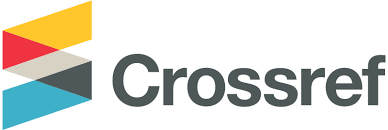EFISIENSI DAN OPTIMISASI INPUT BUDIDAYA IKAN MAS KERAMBA JARING APUNG DI WADUK CIRATA
Abstract
Ikan mas merupakan salah satu ikan hasil budidaya dalam Keramba Jaring Apung (KJA)
terbanyak di Jawa Barat. Pada tahun 2012 produksi ikan jenis ini sebesar 93.080 ton atau 48% dari
total produksi budidaya. Waduk Cirata merupakan salah satu badan air dengan produksi ikan mas yang
cukup besar. Namun biaya produksi yang meningkat dan tidak efisiennya penggunaan input produksi,
mengakibatkan terjadi penurunan margin keuntungan para pembudidaya tersebut. Salah satu cara yang
bisa ditempuh oleh pembudidaya untuk meningkatkan keuntungan adalah dengan cara minimisasi biaya
(cost minimization) dari input produksi (pakan, benih dan tenaga kerja), sehingga diperoleh kombinasi
input produksi dengan biaya terendah dengan produksi ikan yang optimal. Hasil analisis efisiensi unit
usaha budidaya KJA di waduk Cirata dengan menggunakan pendekatan DEA menunjukkan bahwa hanya
ada 4 % DMU yang fully efficient. Sedangkan dari hasil analisis minimisasi biaya melalui pendekatan
Shephard Lemma adalah diperoleh kombinasi input yang optimal untuk pakan sebesar 23.459,99 kg,
benih ikan sebesar 556,62 kg, dan tenaga kerja sebesar 424,18 HKP, untuk satu unit usaha (4 petak)
selama satu tahun. Biaya yang bisa dikurangi setiap tahun dengan menggunakan kombinasi input yang
optimal adalah sebesar Rp. 3.418.152,05.
Title: Technical Efficiency and Input Optimization of Common Carp Culture
on Floating Net Cage in Cirata
Common Carp Culture with Floating Net Cage (KJA) method in West Java Province has the highest
production among the other species. It is more or less accounted for 48 % of common carp production
of West Java Province yield from KJA method. Cirata is one of the inland water, with high-yielding Carp
on KJA. Problems faced by fish farmers in Cirata is continuous price increases, which cause a decline
in their profits. To maximize the profits, this paper will analyzed the cost minimizing factor input (feed,
fry and labor), in order to determine the best combination of factor input to produce given output with
lowest cost, using Sheppard’s Lemma method. More over efficiency analysis using Data Envelopment
Analysis was also conducted. the result of cost minimization by means of Sheppard’s Lemma shows
the optimal input combination for one KJA unit were 23,459.99 kg for feed, 556.62 kg for fry and 424.18
HKP for labor. Fish farmer could decrease their production cost for about Rp. 3,418,152.05 by using the
combination of optimal input. Efficiency analysis shows that only 4 % DMU’s were fully efficient.
Keywords
Full Text:
PDFDOI: http://dx.doi.org/10.15578/jksekp.v4i1.222
Indexed by:
---------------------------------------------------------------------------------------
Published by
Research Center for Marine and Fisheries Socio-Economic
in collaboration with
Indonesian Marine and Fisheries Socio-Economics Research Network
This work is licensed under a Creative Commons Attribution-NonCommercial-ShareAlike 4.0 International License.

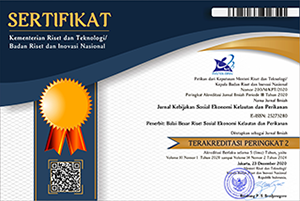







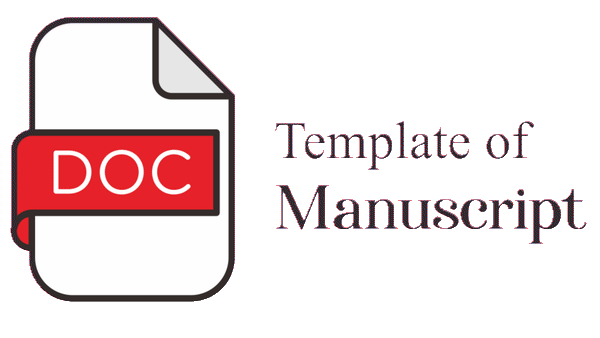
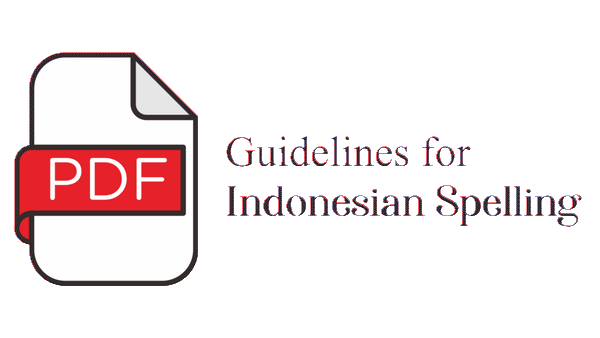
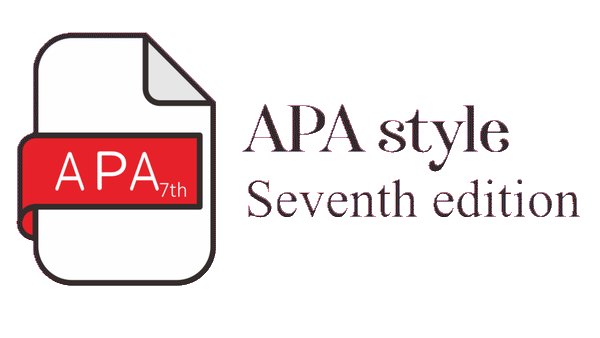


3.png)

